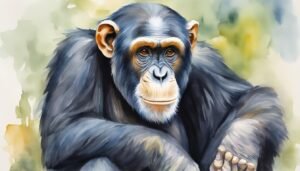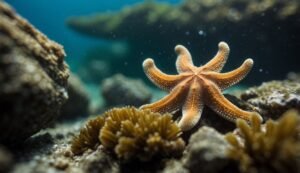What Is the Closest Animal to Humans? Spoiler: It’s Not a Monkey!

Humans share a high genetic similarity with chimpanzees and bonobos, our closest living relatives in the animal kingdom.
Animal behavior, conservation, and studies related to different species, including their social habits, intelligence, and interactions with humans and the environment.

Humans share a high genetic similarity with chimpanzees and bonobos, our closest living relatives in the animal kingdom.

Sea stars exhibit unique anatomies and fascinating physiological processes that allow them to thrive in marine environments.

It is estimated that there are around 20,000 to 25,000 lions left in the wild, primarily in Africa.

Wild horses in North America are emblematic of the American West, embodying a rich history and facing conservation challenges today.

Koalas are listed as vulnerable due to threats like habitat destruction, climate change, and disease, requiring multi-faceted conservation efforts.

Woodpeckers are fascinating birds known for unique pecking behavior and role in forest ecosystems, featured in various plumage patterns across the globe.

Lightning bugs, also known as fireflies, are nature's captivating light shows due to their bioluminescent ability and unique mating rituals.

While bats are not blind, they primarily use echolocation to navigate and find food in the dark.

Bears produce bile stored in the gallbladder, rich in ursodiol for breaking down fats, traditionally used in TCM despite ethical concerns.

Dolphins engage in unihemispheric slow-wave sleep to stay conscious for breathing and monitoring predators.